Certain themes have interested me for decades. I consider these themes archetypal: representative of profound existential dimensions that we might call eternal and universal.
Two of them have been pushing and pulling at each other.
The first is the subway, and more specifically the New York subway system. I started riding it in 1977, when I arrived in town as a scaredy-cat 19-year-old foreign student. I lived on-campus in Westchester, north of New York City proper, but I came into the city every week. I took a train from White Plains to Grand Central Station, then the shuttle to Times Square, then the C uptown to West 87th street where I took my cello lessons.
The subway was a dangerous place, difficult to navigate, unreliable, hostile. Incomprehensible announcements, a local suddenly becoming express without your realizing it, pushing a cello case through a turnstile that looked like a gigantic meat slicer . . . It was an underworld representing descent, getting lost, facing the risk of death, and also “traveling somewhere important.” It was incredible to enter it, and incredible to exit it.
I was too young to grasp the archetypal dimensions of the experience, but the sensations and emotions left a deep imprint. Every year, and multiple times a year, I have unsettling dreams about the subway: mysterious interchanges, wrong platforms, unfamiliar maps, no money to buy tokens and fares, depots where they shouldn’t be and where I myself shouldn’t be, everything taking place late at night.
The New York subway system today isn’t what it was in 1977. It has become less dangerous and less mysterious, but no less wonderful. The archetypal dimensions remain: stairways, entrances and exits, tunnels, tracks, announcements, train cars packed with strangers forced into intimacy, all accompanied by a rich soundscape mixing machinery and humanery, to coin a term.
I wrote a time-travel novel for young readers where the New York subway system is the vessel of time travel. Titled Backtracked, it was published by Delacorte Press in 2009. Researching it, I traveled far and wide within the system, making endless discoveries. Lines I had never taken in the past, gritty little stations in the middle of nowhere, elevated tracks going to the far reaches of northern Manhattan, mosaics as beautiful and as elaborate as those in Ravenna, buskers, “New York characters” (“certified nutcases”), an endless teeming festival of bodies and souls. I’m not the first person to fall in love with the subway, and I won’t be the last either.
The second theme, seemingly unrelated to the first, is the myth of Orpheus and Eurydice. You may be familiar with the story: Orpheus, a musician, marries his muse Eurydice. On the afternoon of their wedding she dies. Heartbroken, Orpheus sets out to the underworld, where he’ll attempt to retrieve Eurydice and bring her back “to this world of ours.” He’ll have to cross the river Styx, charm the guardians of the underworld, and earn Eurydice’s freedom with his music-making. The king of the underworld, touched by Orpheus’s music and his devotion to his wife and muse, allows him to retrieve Eurydice . . . under one condition.
The story doesn’t have a happy end.
For musicians, the myth of Orpheus is intriguing because it hints at the transformative and shamanic potential of music. Through his singing and playing, Orpheus could tame ferocious beasts and make stones cry. Perhaps belatedly, Orpheus comes to see Eurydice as his source of inspiration, his connection with the creative source (which is his own feminine dimension). When Eurydice dies, Orpheus himself is in mortal danger, hence his desperate quest.
I composed a 65-minute song cycle inspired by the myth, scoring it for pizzicato cello in scordatura, piano, voice, and whistling. I performed all parts myself, in a sort of shamanic one-man show where I’m Orpheus telling the world about my archetypal journey and its tragic end. The cycle is titled “Don’t Look Back.”
I pursued the Orpheus theme with another project in a different medium. In 2017 I found myself taking snapshots within the Paris metro system, which I ride frequently. The Paris metro is tidier and better behaved than the New York subway, but it shares the archetypal characteristics of its New York cousin. Over a few months, I took thousands of snapshots and shared some of them on social media. Gradually, it dawned upon me that my images could be read as a mysterious wordless narrative: Orpheus looking for Eurydice in an immense labyrinth of interconnected tracks, tunnels, stairs, corridors, signs and omens, the whole labyrinth peopled by a vast nameless population. You ride the metro or the subway with a different heart when you imagine you’re incessantly looking for your lost love. Retroactively, I titled the project “She was Here.” I don’t know yet what, if anything, I’ll do with these images, but a possibility is to write a novel or a cycle of poems in Spanish, a language I’ve been exploring rather fruitfully in recent years, and illustrate the text with the photos.













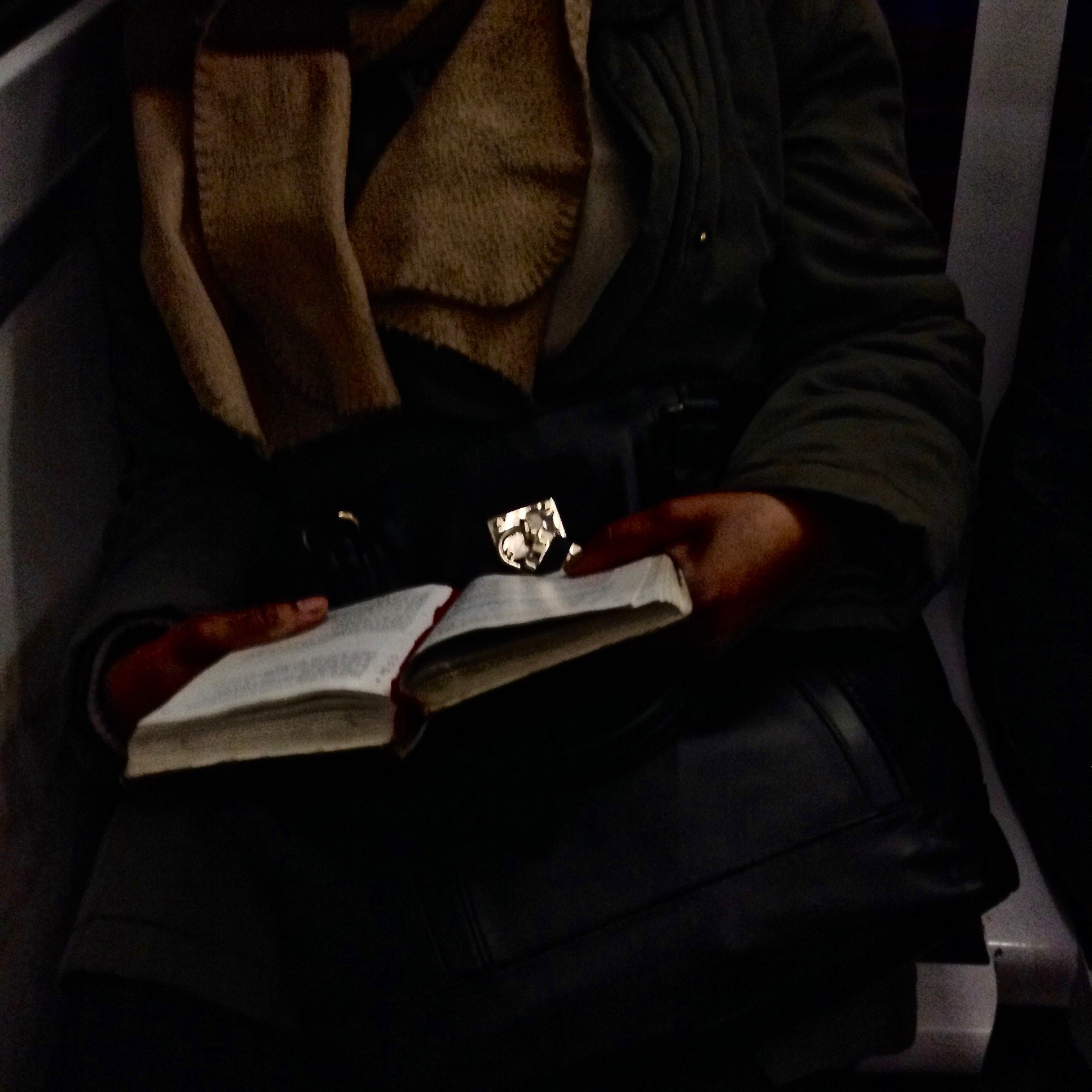
These projects—my New York subway novel Backtracked, my song cycle “Don’t Look Back,” and my photo narrative “She was Here”—have become intertwined and given birth to a novel inspired by the myth of Orpheus and Eurydice, set inside the New York subway system and titled Turning Point. Gabriel, a singer-songwriter living in Brooklyn, marries his muse Noï. During their intimate wedding party she disappears, and Gabriel intuits that she’s dead and not dead, having gone or been taken to the underworld of the New York subway system. He sets out to find her and to bring her back. I drafted the novel during the COVID confinement of November, 2020, that mysterious and marvelous time during which we introverts got a lot of things done.
And here it is today. I’ll publish Turning Point in 12 monthly installments, illustrated with some of my abstract drawings in ink and gouache and also with songs for voice, guitar, and whistle, alone and in combination—songs composed “as if” by the novel’s narrator and protagonist.
I chose to publish it through a Patreon page. Patreon is a sort of subscription system for creatives and their readers, listeners, and collectors. The creatives share their work, and the appreciative readers and listeners make monthly contributions. The system allows for different types of involvement, from informal to intense, from inexpensive to substantial. By subscribing to my Patreon page you can enjoy my writings (including Turning Point), my audio and video clips, my online courses (including The 5-Minute Voice series of 52 video clips), and my talks and masterclasses. And you might want to start collecting my artwork as well. All of this is nicely organized through Patreon.
You can go directly to my Patreon page and figure it out for yourself. Or you can visit this dedicated page here on my website, where I explain how it works.

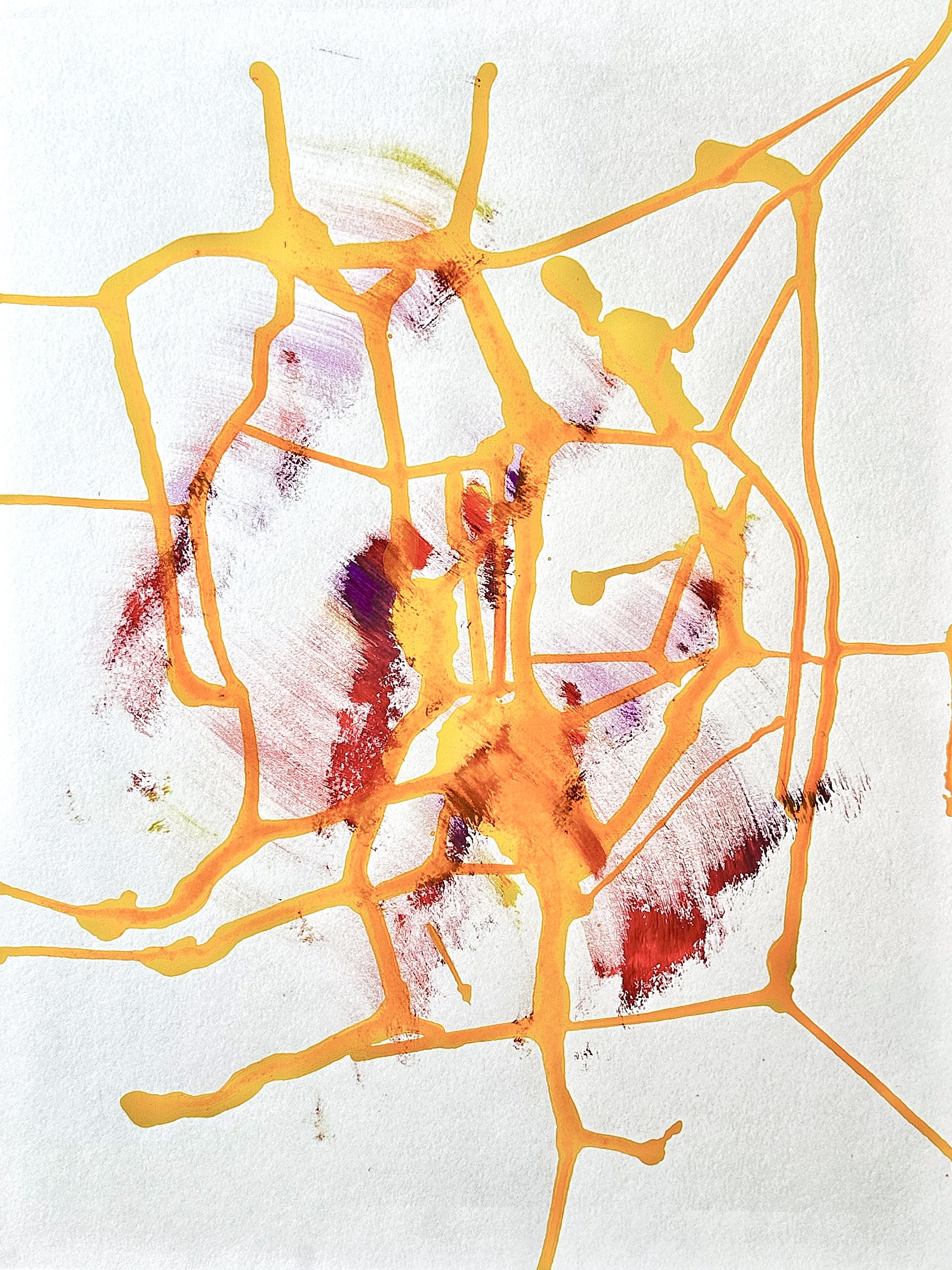
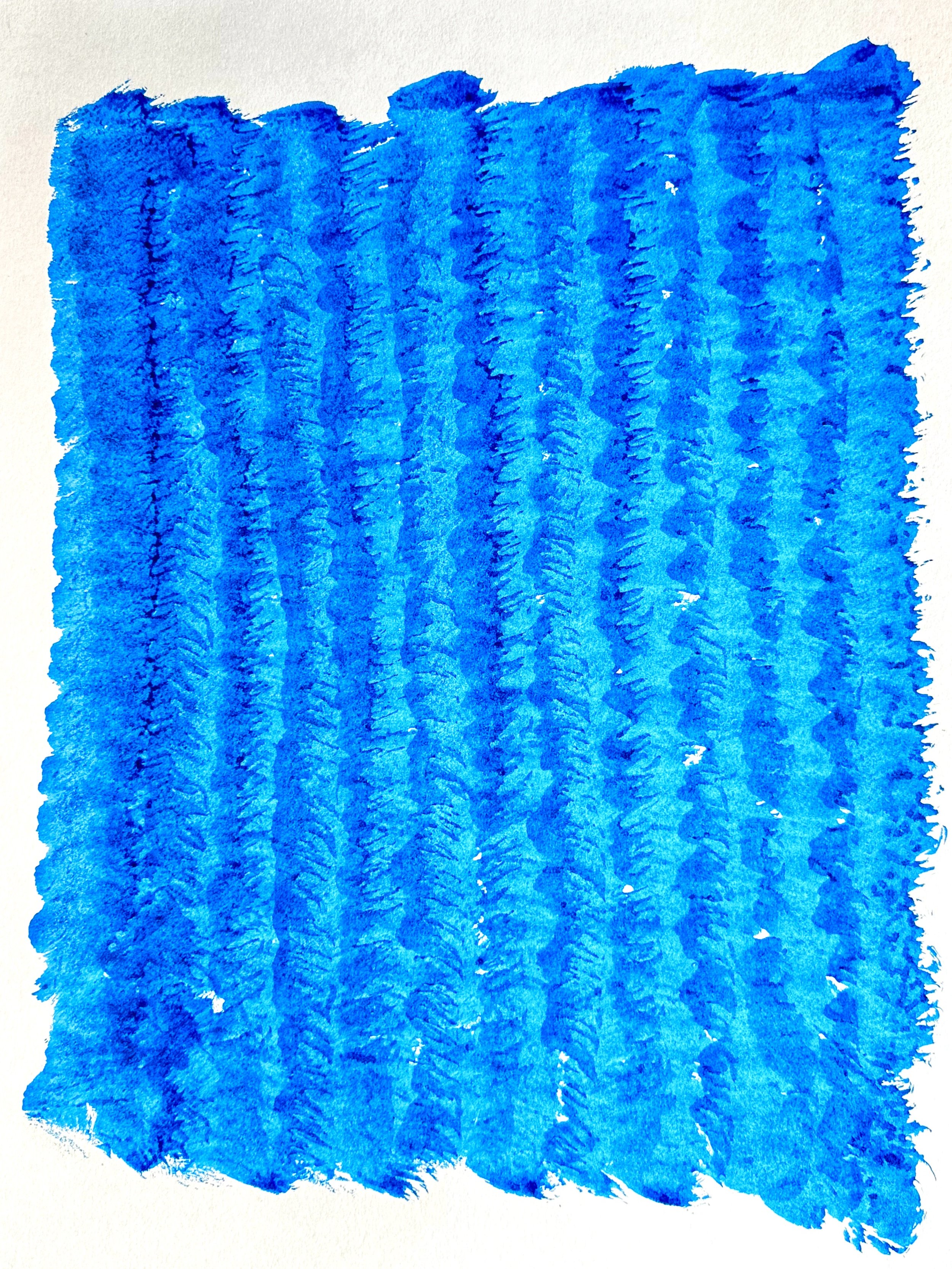
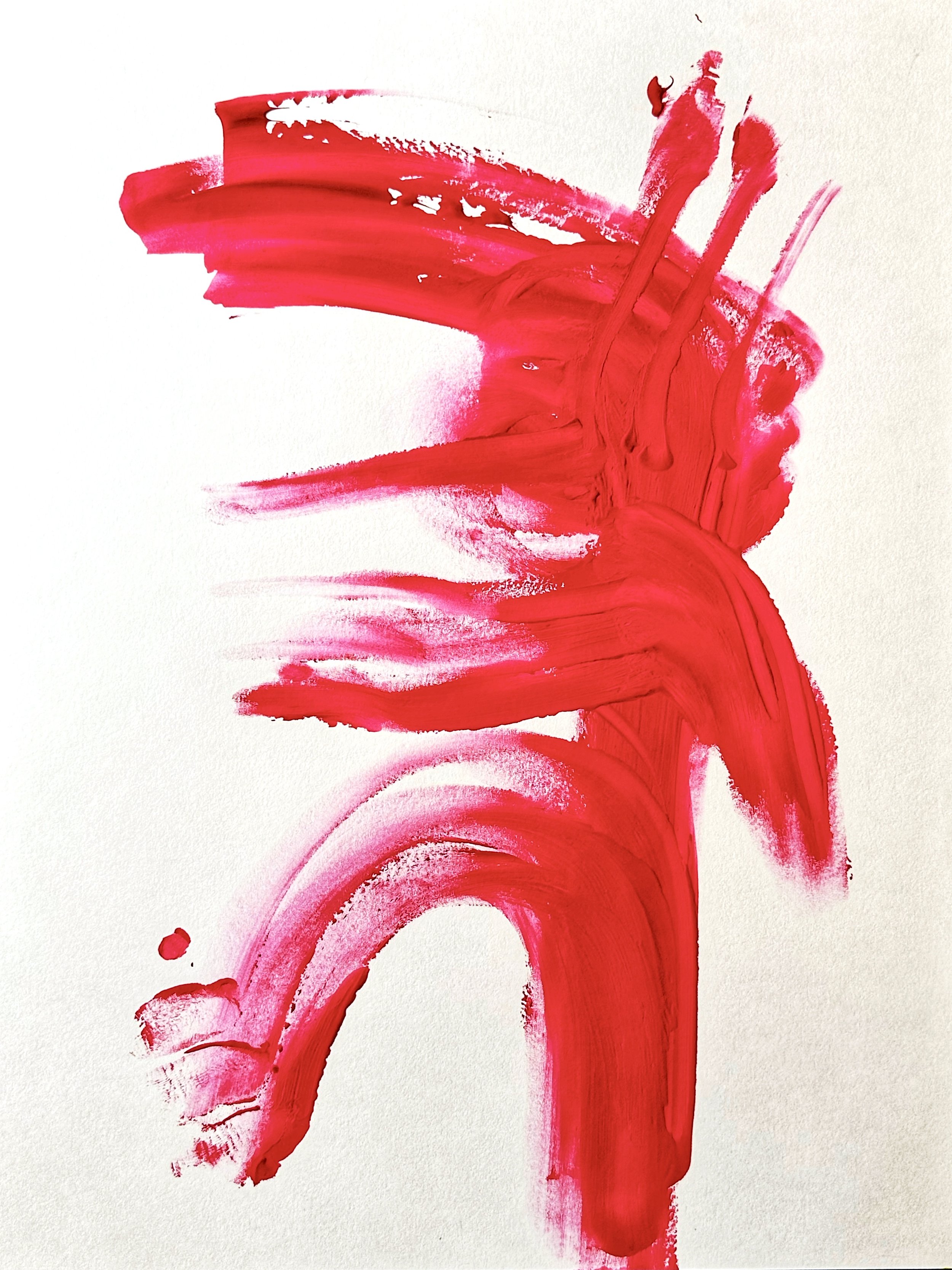
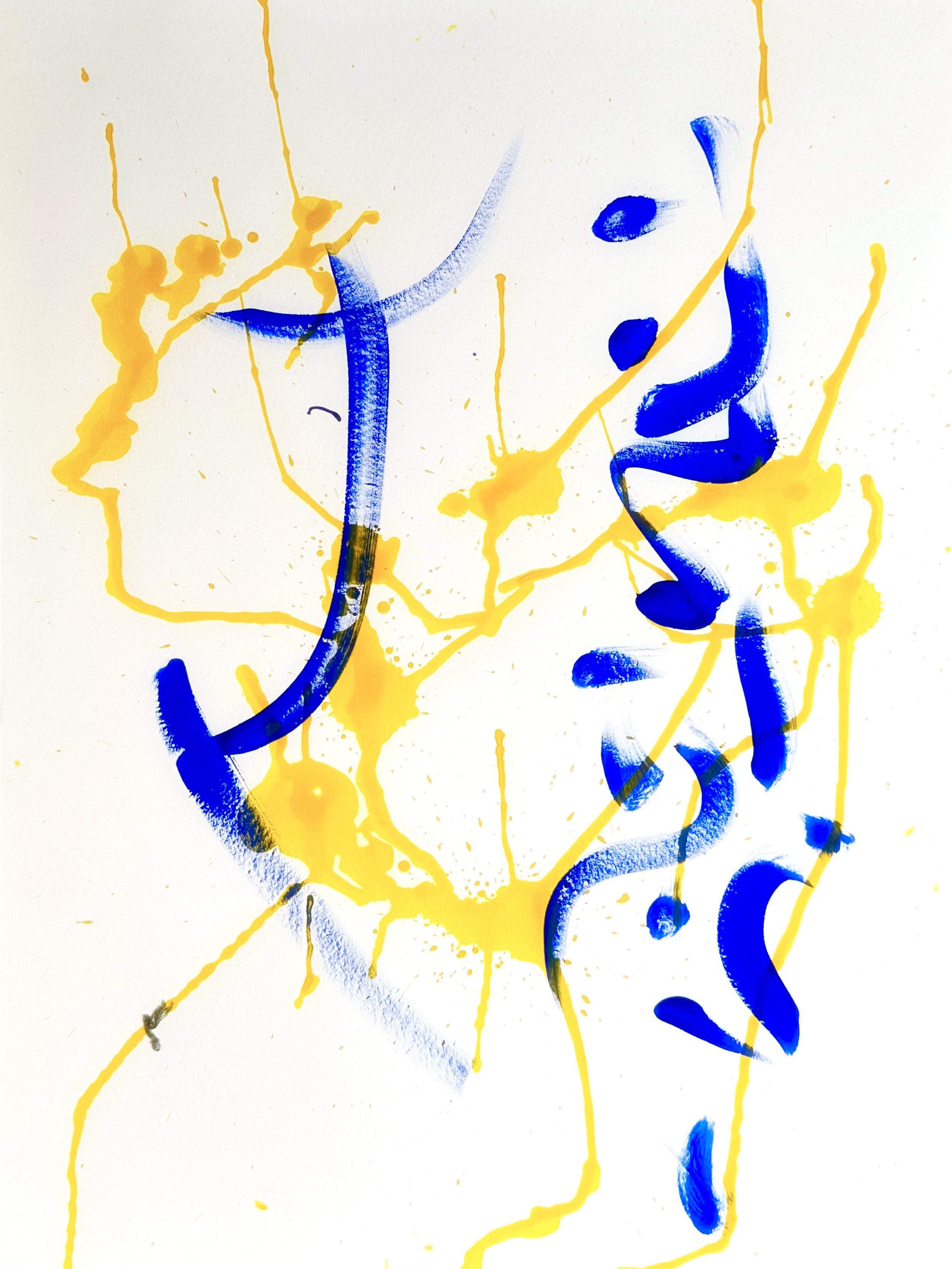
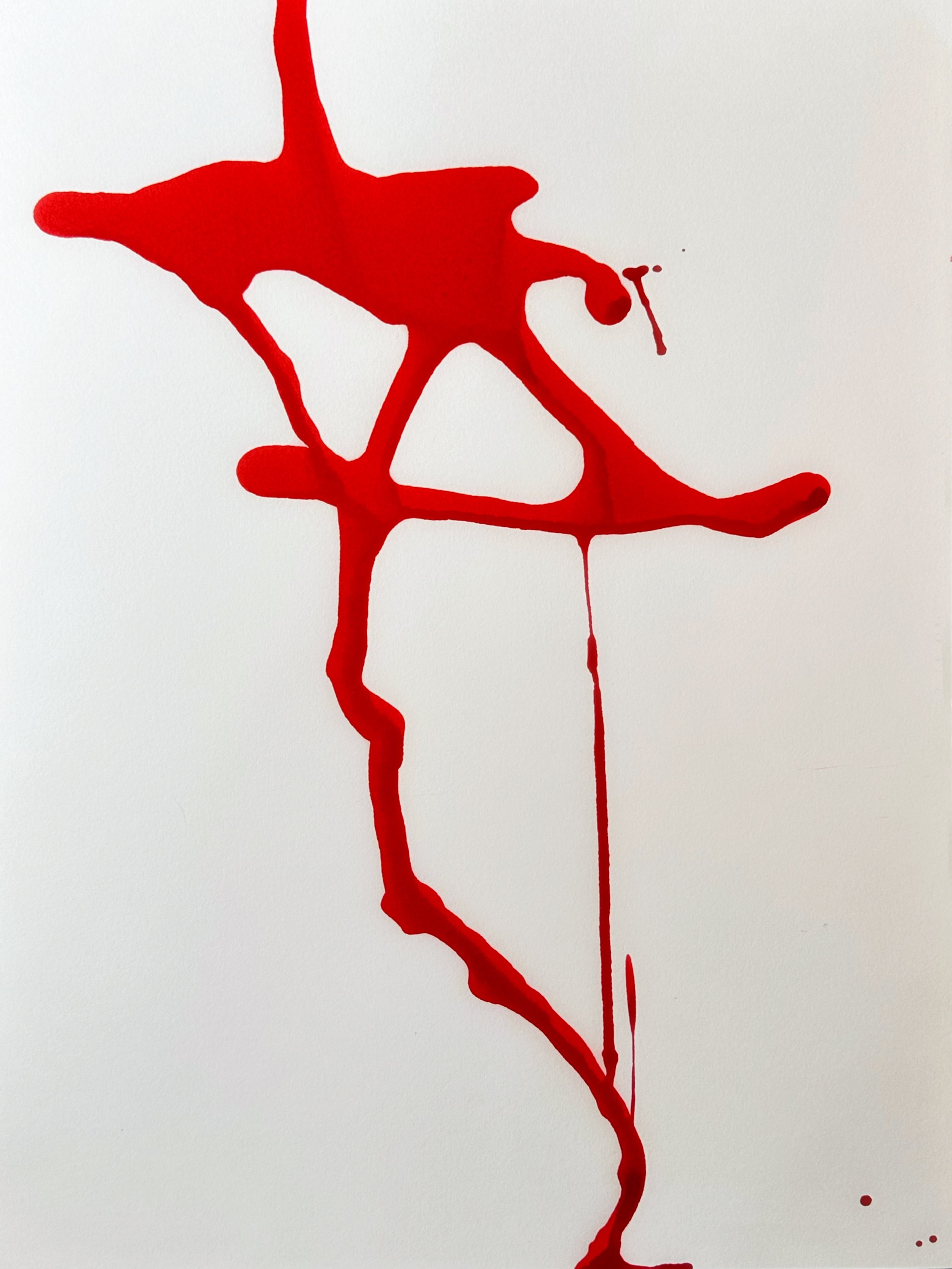
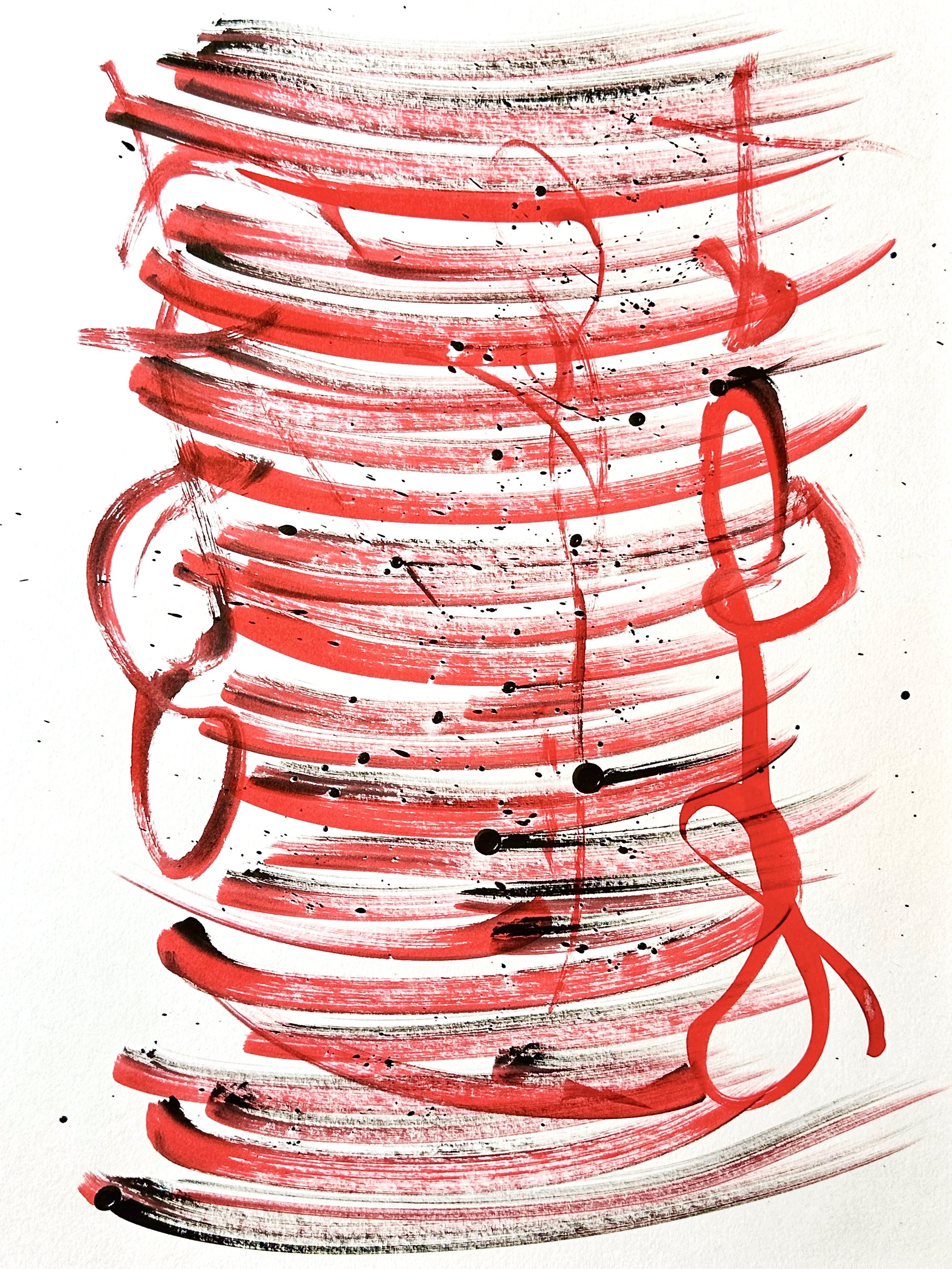
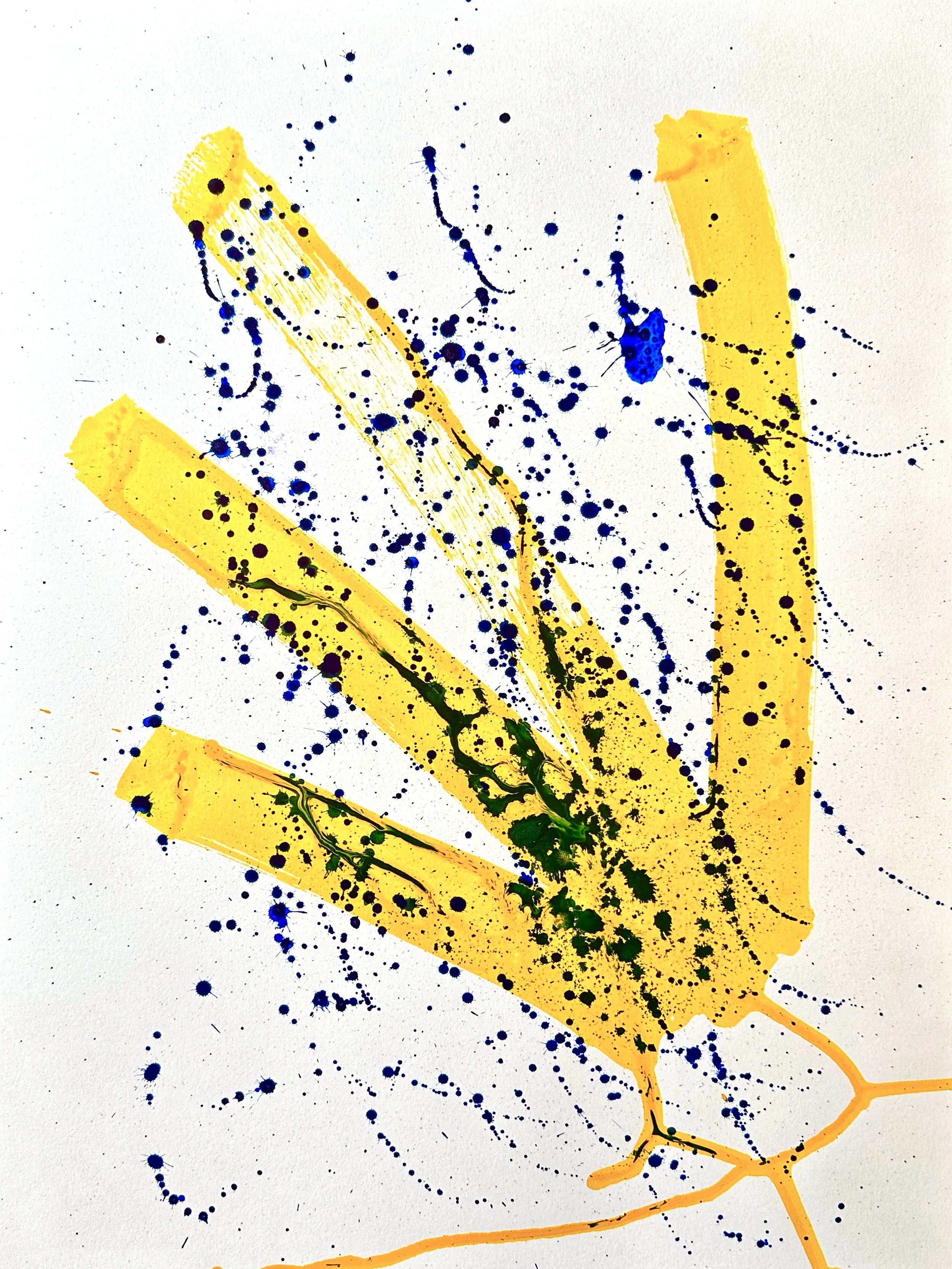
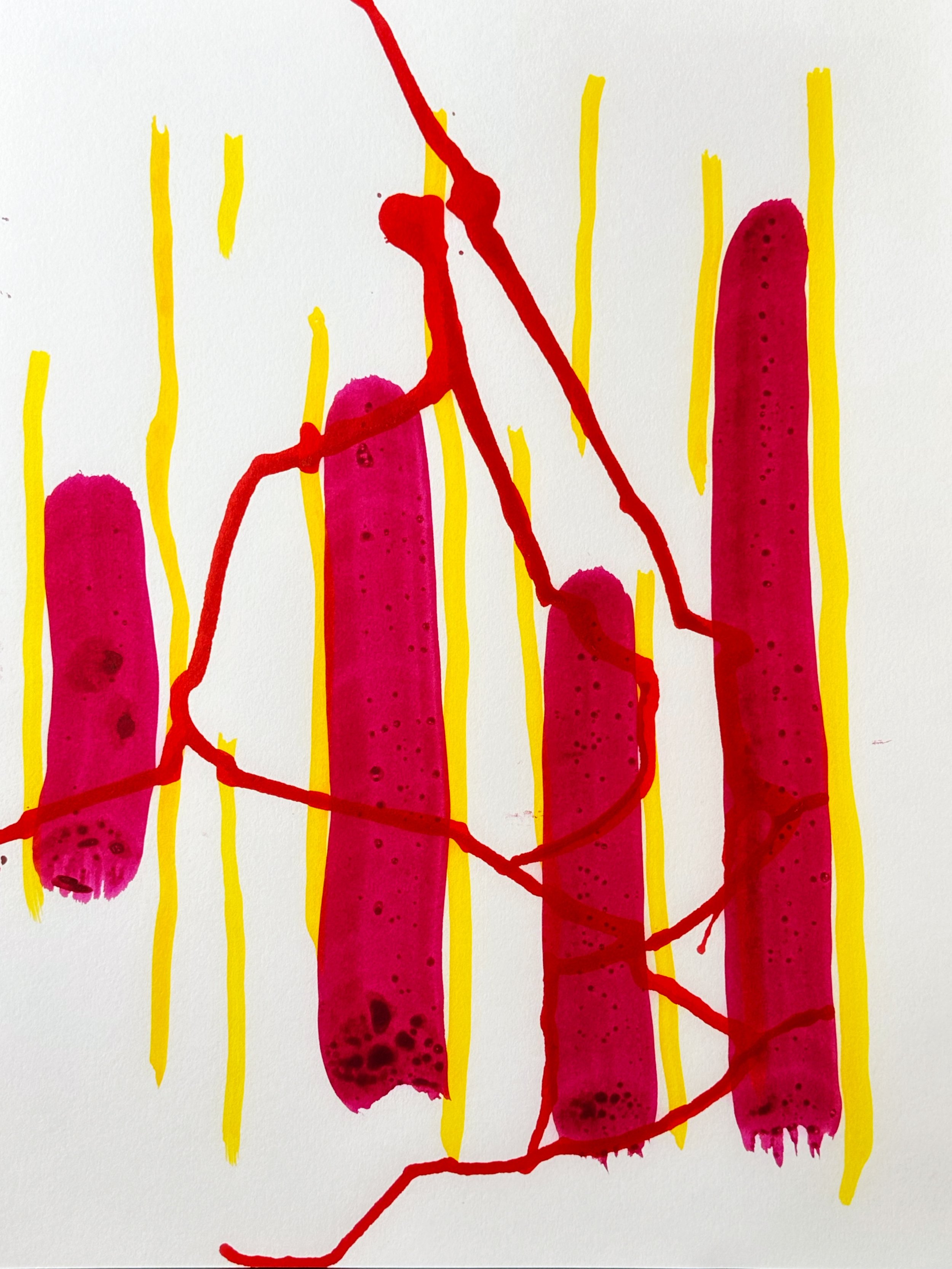
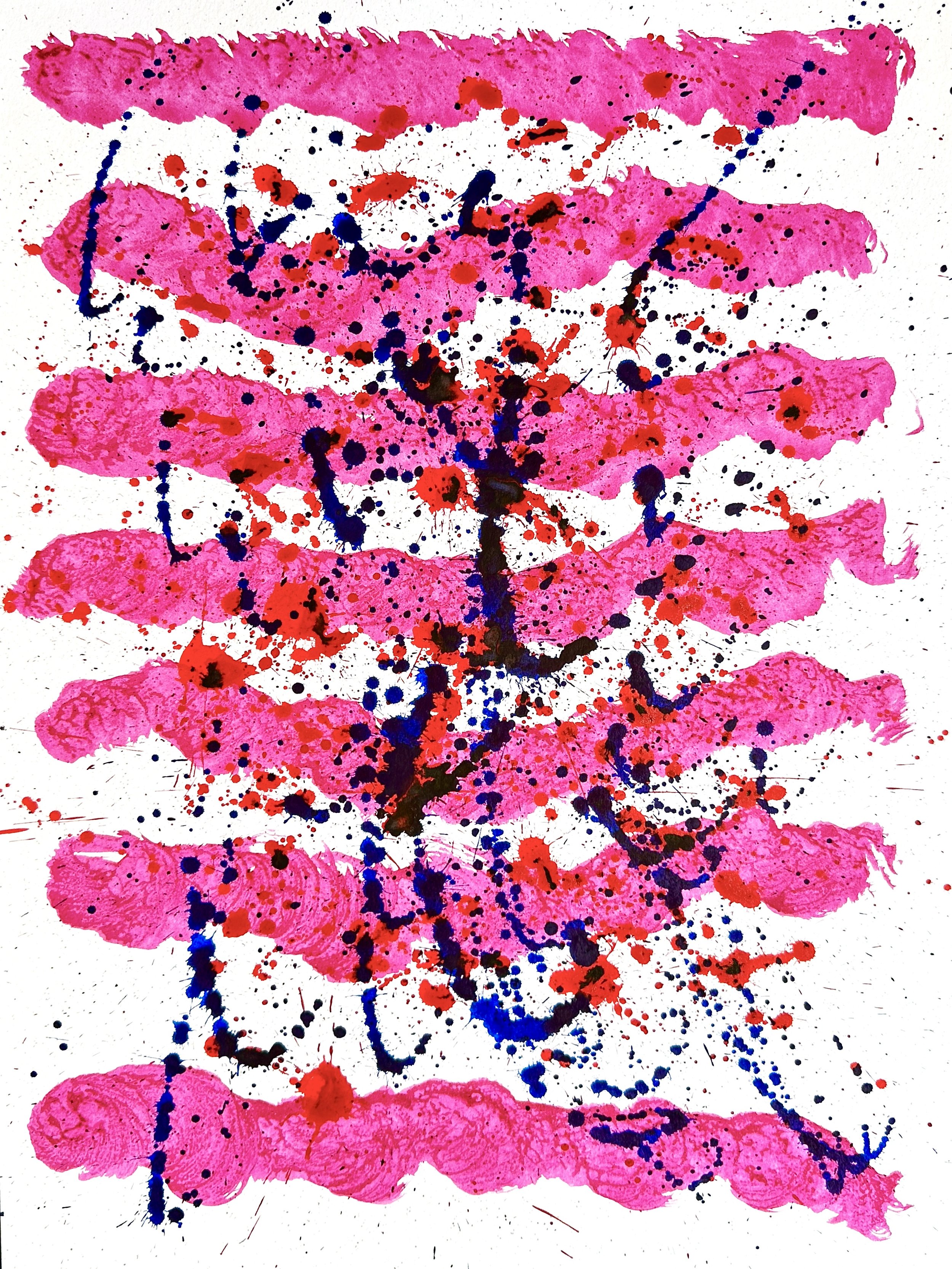
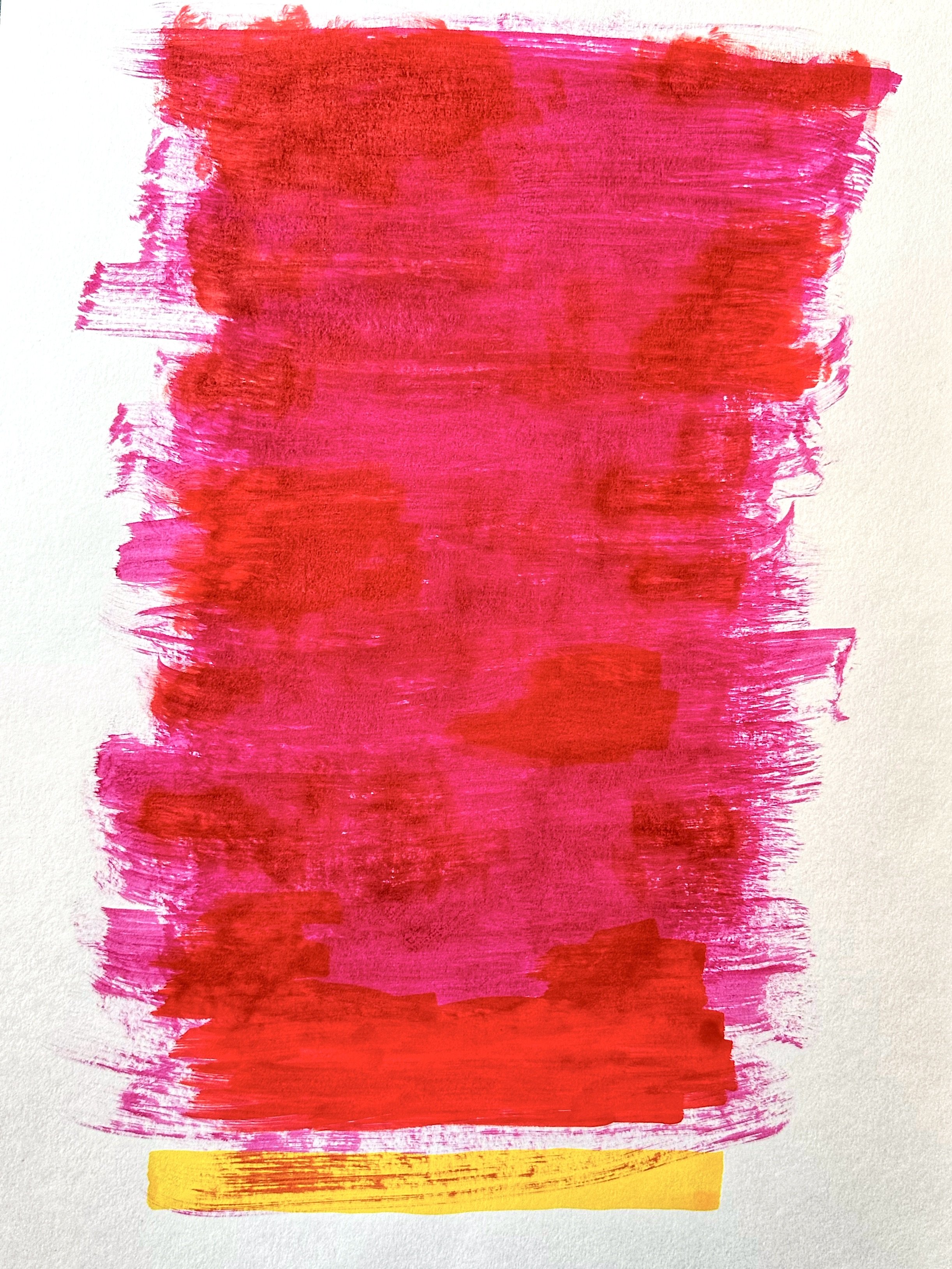
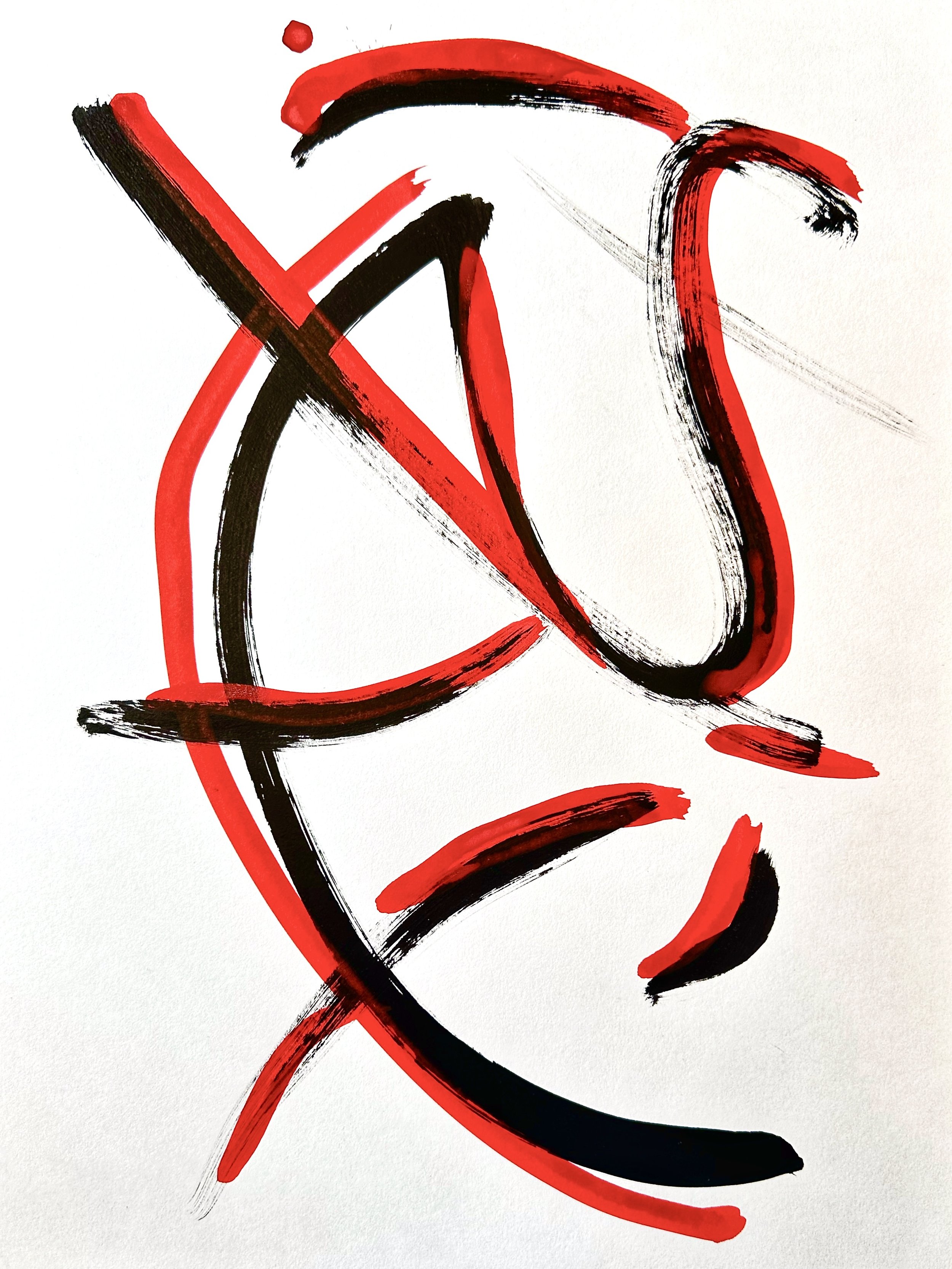
©2024, Pedro de Alcantara

